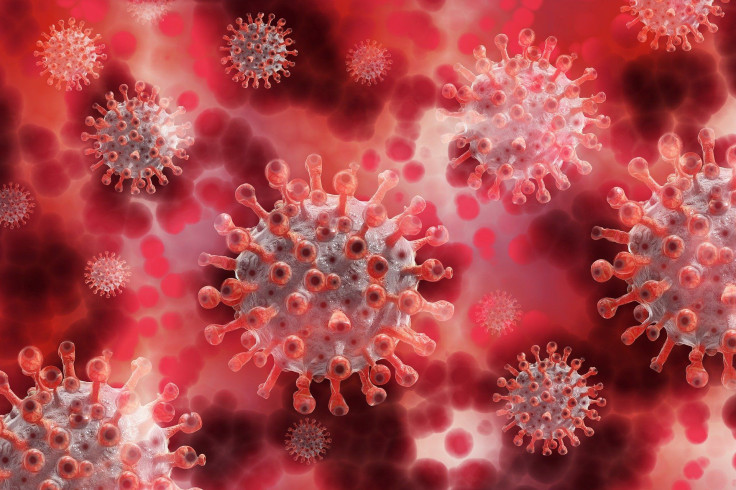Coronavirus US Update: Initial COVID-19 Rates Found To Be 80 Times Greater Than Originally Reported
The number of early COVID-19 cases in the U.S. might have been over 80 times greater and doubled about twice as quickly as originally believed, according to a new study.
Several epidemiologists are under the opinion that the initially recorded COVID-19 rates might have been undercounted due to testing issues, asymptomatic and alternatively symptomatic people, and failure to spot early cases.
The experts at the Penn State University estimated the detection rate of symptomatic coronavirus cases using the surveillance data from the Centers for Disease Control and Prevention’s (CDC) influenza-like illnesses (ILI) over a three weeks period in March 2020.
"We analyzed each state's ILI cases to estimate the number that could not be attributed to influenza and were in excess of seasonal baseline levels. When you subtract these out, you're left with what we're calling excess ILI—cases that can't be explained by either influenza or the typical seasonal variation of respiratory pathogens,” Penn State University News quoted Justin Silverman, assistant professor in Penn State's College of Information Sciences and Technology and Department of Medicine.
Key Findings:
- There was a surge in the non-influenza-Iike illnesses above the seasonal average in March 2020
- This surge perfectly correlated with the number of COVID-19 cases across the nation
- If 1/3 of those infected with COVID-19 in the country sought care, this surge in ILI counts would have corresponded to over 8.7 million new SARS-CoV-2 infections across the U.S. during this period
- Rapid spread across the U.S. with more than 80% infected COVID-19 patients remaining undetected
- The surge in ILI appears to have peaked in mid-March and fewer patients with mild symptoms sought care
- Overwhelming effects of COVID-19 might have less to do with how lethal the virus is and more to do with how quickly it was able to spread through communities at the initial stages
“A lower fatality rate coupled with a higher prevalence of disease and rapid growth of regional epidemics provides an alternative explanation to a large number of deaths and overcrowding of hospitals we have seen in certain areas of the world,” Silverman told Penn State News.
Initially, the researchers didn’t believe that their estimates were correct. But they soon realized that deaths across the country had been doubling every three days and that their estimate of infection rate was consistent with three-day doubling since the first COVID-19 case was reported in Washington state.

© Copyright IBTimes 2024. All rights reserved.












